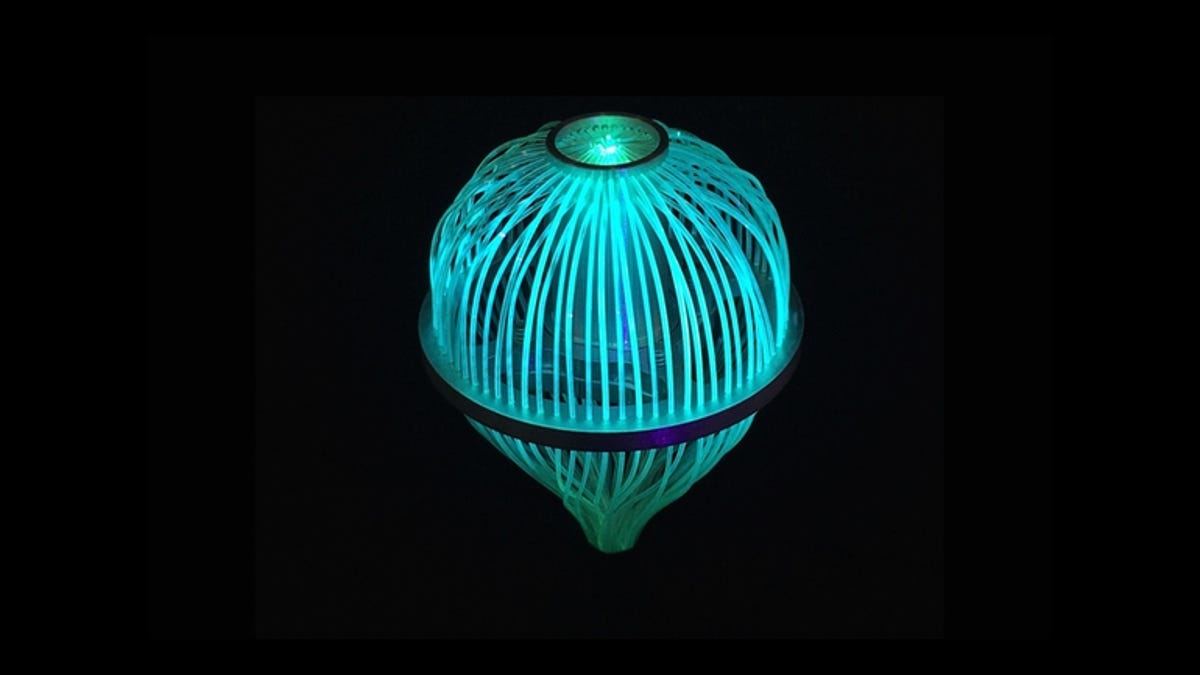Facebook finds a way to use lasers for high-speed wireless internet
The company's Connectivity Lab has designed a laser detector that can bring 2Gbps speeds to wireless communications.

Facebook's Connectivity Lab is moving forward in its plan to bring fast, cheap internet to regions of the world with no access to it at all. It's now developed a new detector that could bring laser communications to wireless internet.
Lasers are currently used in optical fibre networks, but wireless networks use radio frequencies and microwaves. Lasers could be a lot faster, but directing a small beam of laser light at a detector some distance away is tricky.
"A large fraction of people don't connect to the internet because the wireless communications infrastructure is not available where they live, mostly in very rural areas of the world," said Connectivity Lab's Tobias Tiecke, who led the rest of the team in writing a paper that was published in the journal Optica.
"We are developing communication technologies that are optimised for areas where people live far apart from each other."
Using a light-bulb-shaped detector and a technique called orthagonal frequency-division multiplexing, the team was able to transmit data at a rate of 2Gbps when the device paired with existing communications technology.

